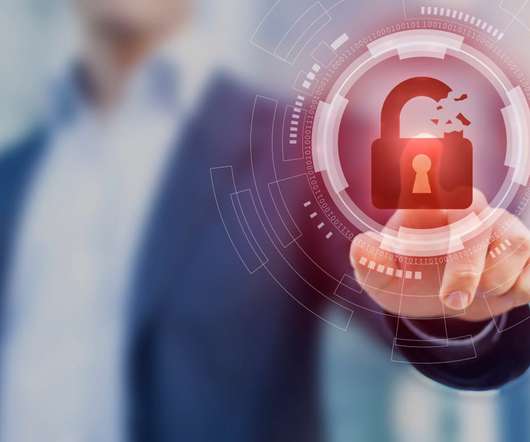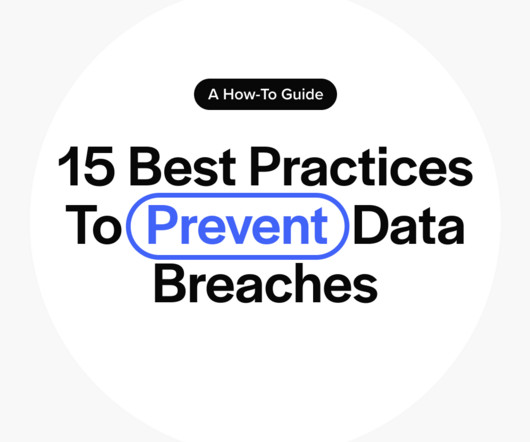US Ransomware Incidents Skyrocket Because Businesses Pay
PYMNTS
APRIL 27, 2017
was the number one target for ransomware last year. To start, ransomware threats escalated globally through 2016 in size, number and kind. Likewise, they registered a 36 percent increase in ransomware attacks globally in the same period. It’s no surprise, then, that the written amount of ransomware has gone up and that the U.S.

















Let's personalize your content